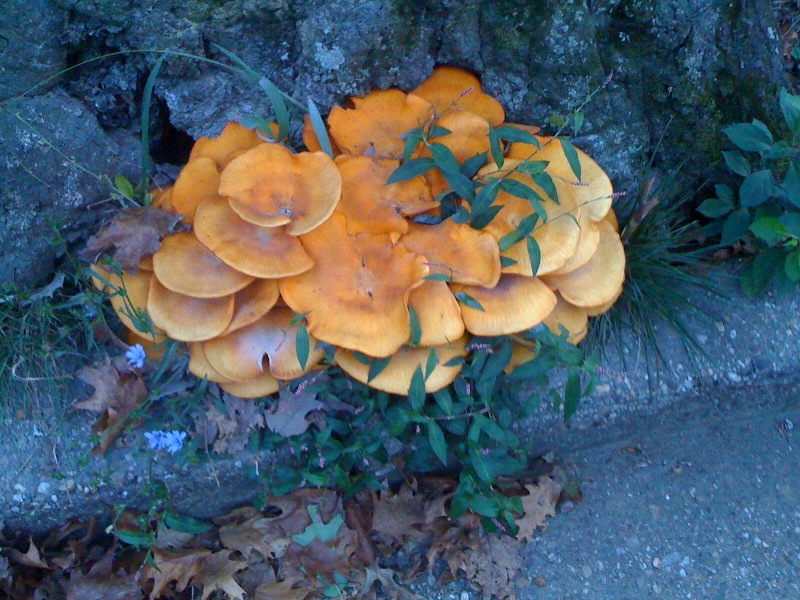.

.
“Bubblewrap” is the name of an addictive game available as a free app down-loadable to the Apple iPhone. Video of how the 45-second game is played is available here.
I’m a fan.
During each game session a variety of sounds are heard. There’s a “pop” as each bubble is tapped; a sucking sound when a deflated bubble decides to pump itself back up with air; a “crash” sound when you pop a rare bubble whose destruction is worth two points (“2X”) (there are no labels so you never know when this will happen); a bigger explosion when an even rarer “5X” bubble meets its demise; a “ticking” reminiscent of the theme of the “60 Minutes” TV program that starts when five seconds of play are left in the game; and a raucous clown-horn blurt that signals the game is ended. All in all a cool sonic landscape. It keeps you coming back for more.
Also satisfying are the inadvertent rhythms that sometimes arise, especially when 2X and 5X bubbles explode in quick succession. Hearing a dah-dah-dah-DUH sequence toward the end of play is always welcome — it means your score just grew by 11 points and you may be fated to achieve a new high. The goal, of course, is to get an ever-higher score. (Isn’t that life-like?)
Speaking of life-like, playing Bubblewrap, like playing at a casino craps table or pulling a one-armed bandit, provides an opportunity to reflect on the fact that human psychology wants very much for non-living objects to be more like us. Especially is this so if we’re spending time interacting with a device in the hope of receiving something positive in return. (Are you listening, direction-giving lady navigator in my Prius?) If man is the measure of all things, wouldn’t it be nice if things really were more like us? I suspect this desire is innate, part of our DNA. If so, it suggests all human societies, however primitive, however temporarily misguided, will strive toward a Renaissance. And that’s a good thing, no?
[Aside: Waxing philosophical made me think of wax paper. Wax paper used to be a staple item in every home kitchen but now has disappeared. What happened? Is the answer as simple as two words, Saran Wrap? A name whose final word leads me back to the subject at hand . . . .]
A useful technique when playing Bubblewrap is to use a three-finger (index, middle, ring) approach, dancing the finger pads across the field of bubbles. After an initial sweep across the screen to pop all standing bubbles (which takes just a few seconds) you enter the re-inflation period when, one-by-one, each crumpled bubble does its Lazarus act. During this major phase of play I find it best to enter into an intuitive mode, a Zen-like state, floating over the bubble field, in tune with Wayne Gretzky’s advice to skate to where the puck (or the refurbished bubbles) will be.
Though not of “world leadership” rank, I’ve done pretty well so far, if I do say so myself. But have I hit a wall? —
.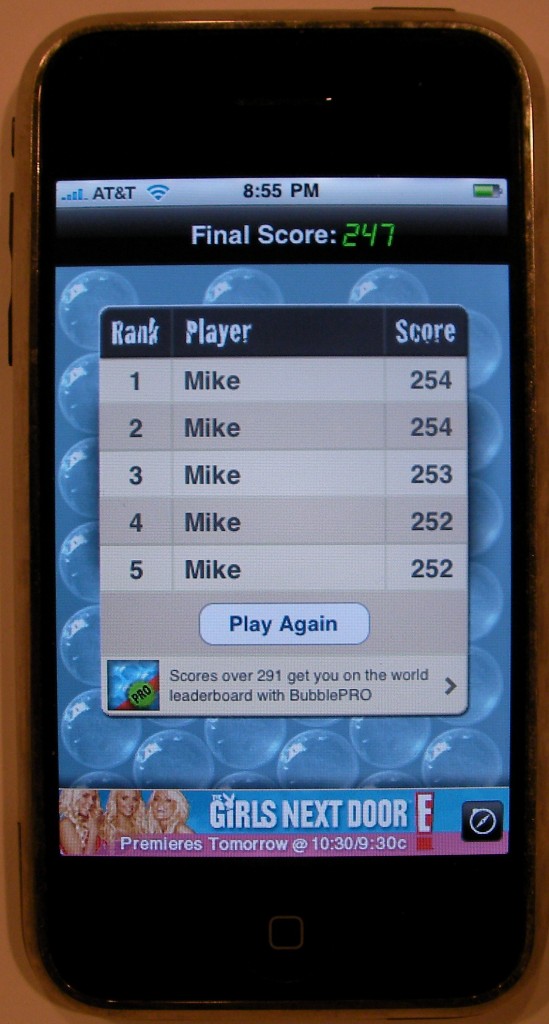
.
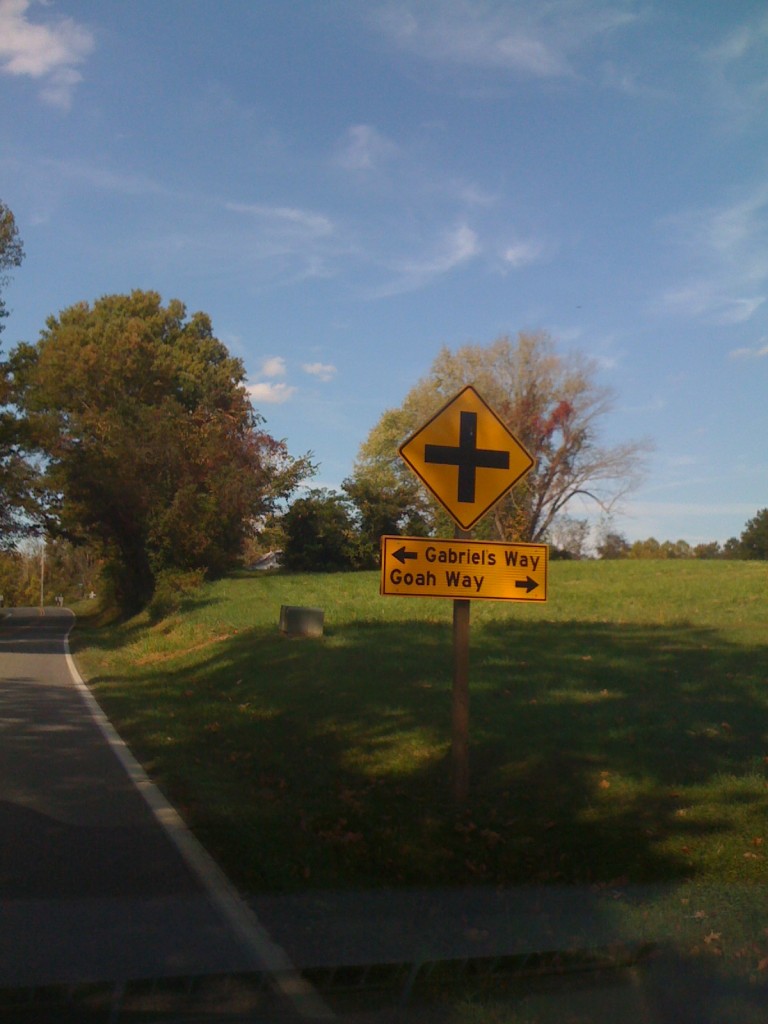
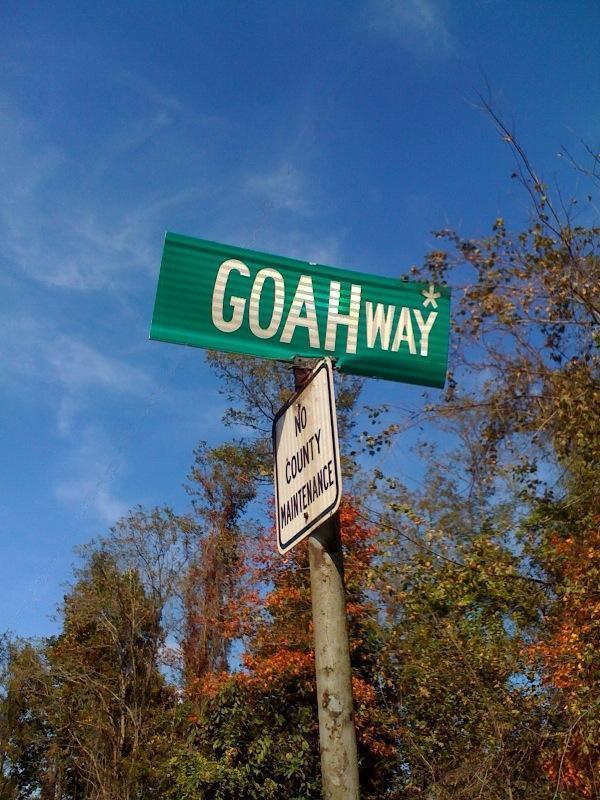


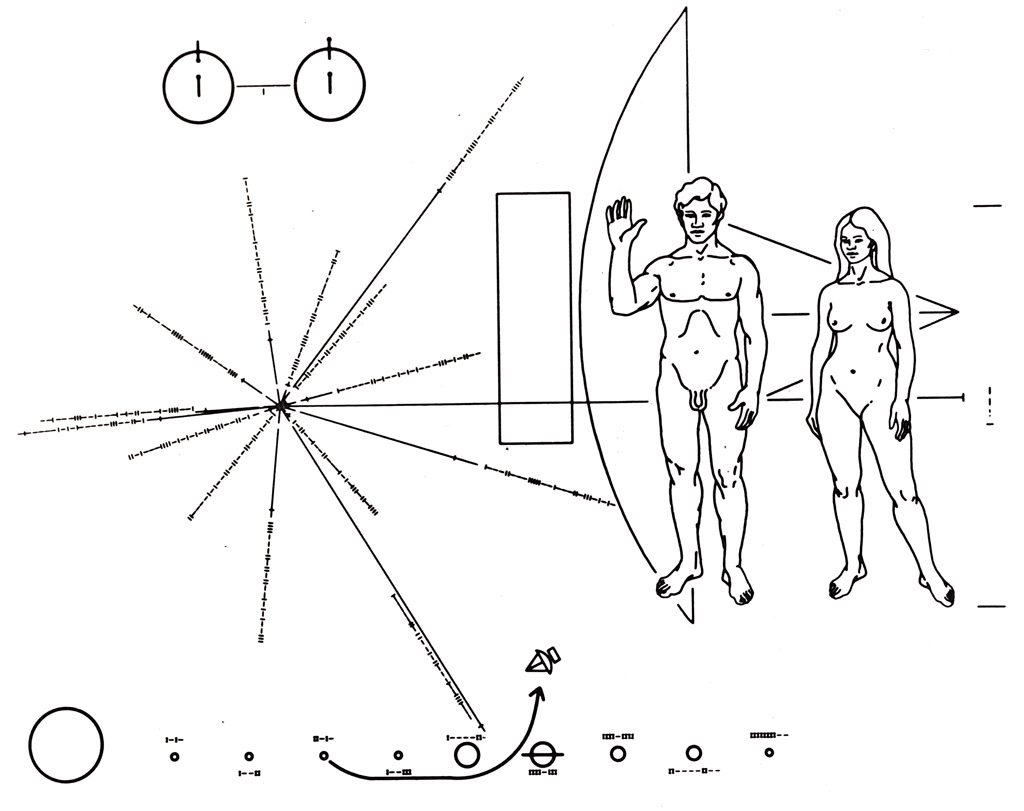

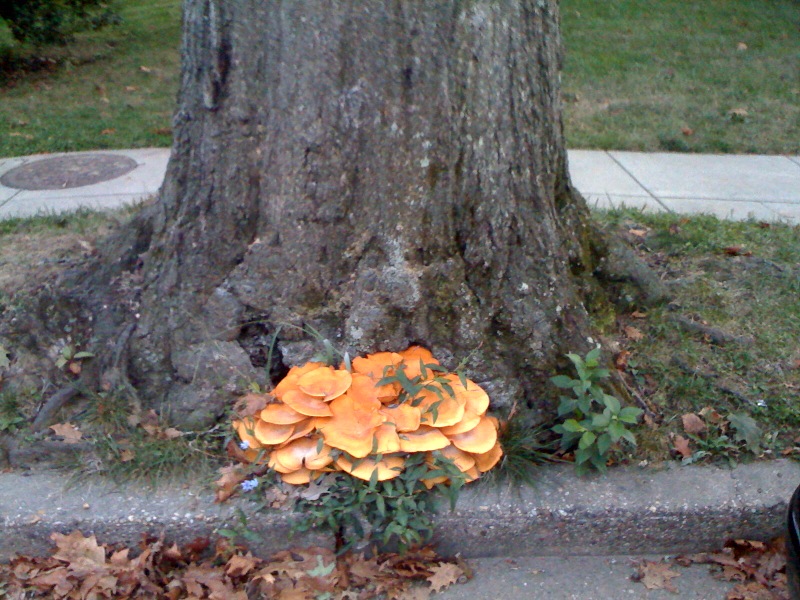
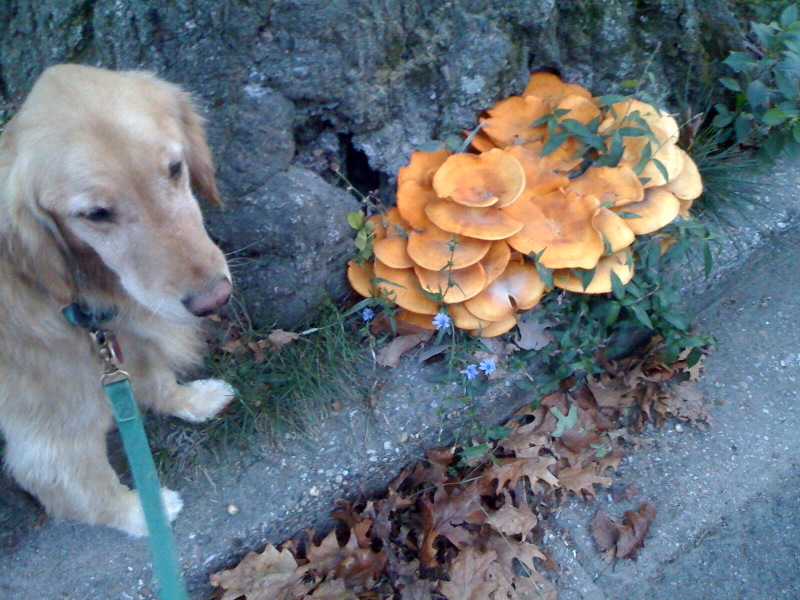 .
.